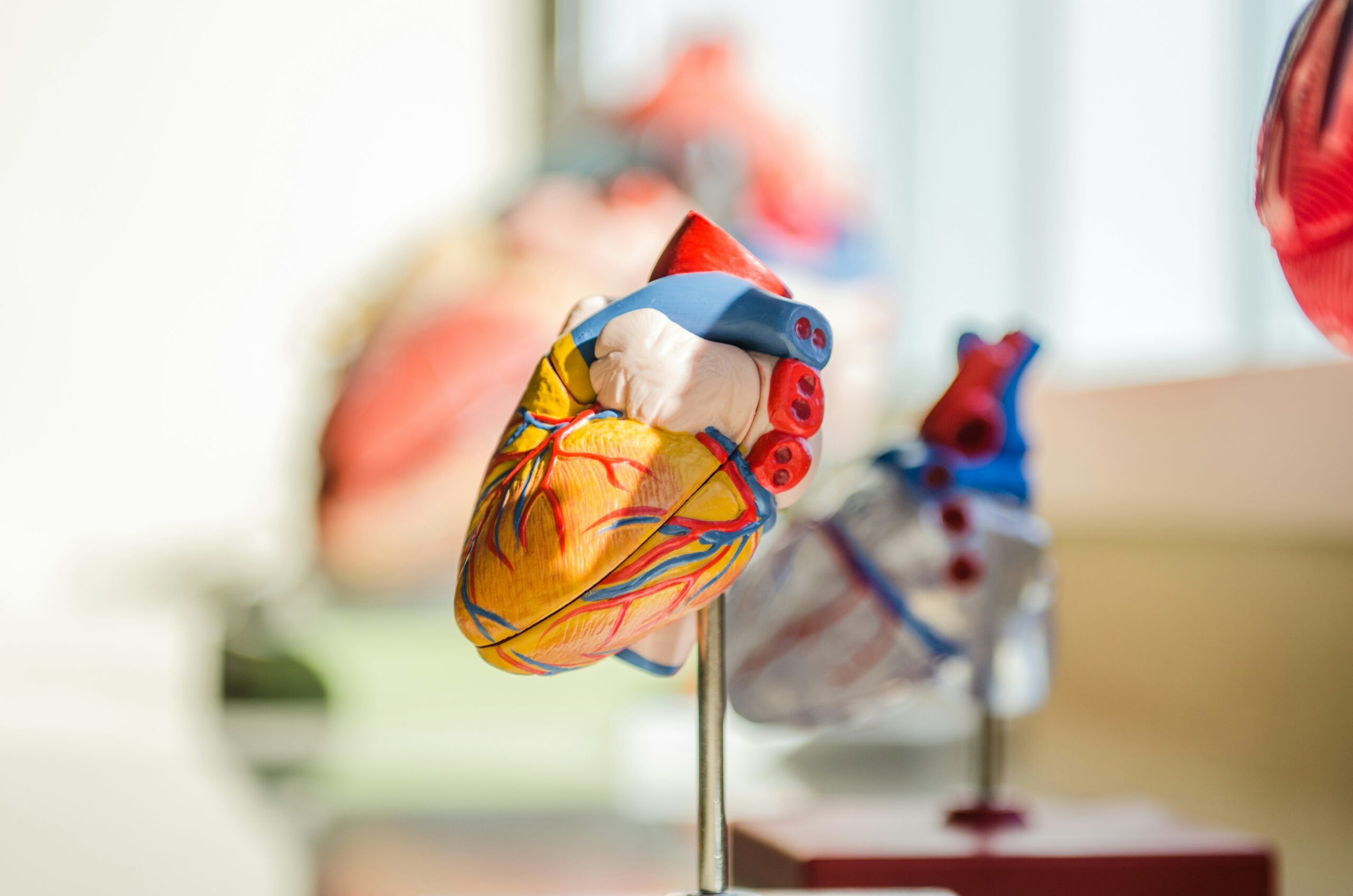
Implantable defibrillators have transformed the landscape of cardiovascular care, offering critical protection to patients at risk of life-threatening heart rhythms. These devices serve as a vigilant guardian inside the body, ready to intervene immediately if a dangerous arrhythmia arises. Over the past few decades, implantable defibrillators have evolved from experimental technology to a cornerstone of modern cardiology, saving countless lives by preventing sudden cardiac death.
This article explores the vital role implantable defibrillators play in contemporary cardiovascular medicine. We will examine their function, benefits, and impact on patient’s quality of life while highlighting ongoing advancements that continue to enhance their effectiveness and patient experience.
Understanding the Role of Implantable Defibrillators
Implantable defibrillators, or ICDs, are small devices surgically placed under the skin near the collarbone, connected to the heart with leads. They continuously monitor the heart’s rhythm, detecting abnormal electrical activity that could lead to sudden cardiac arrest. When they sense a dangerous arrhythmia such as ventricular tachycardia or ventricular fibrillation, they deliver an electrical shock to restore normal rhythm.
Because of their ability to intervene rapidly, ICDs are crucial for patients with a history of severe arrhythmias or those who are at high risk due to conditions like cardiomyopathy or previous heart attacks. Unlike external defibrillators used during emergencies, ICDs offer ongoing, proactive protection by being always present and ready to act. This constant vigilance dramatically reduces mortality rates among vulnerable patients.
Benefits Beyond Immediate Lifesaving
While the primary function of implantable defibrillators is to prevent sudden cardiac death, their benefits extend beyond emergency interventions. Knowing that an ICD monitors their heart, many patients provide significant psychological reassurance. This peace of mind allows individuals to maintain more normal lifestyles, reducing anxiety about potential cardiac events.
ICDs often work alongside other cardiac therapies, such as medications and lifestyle changes, to optimize heart health. They also collect valuable data on heart rhythms, which physicians can review during follow-up visits. This information helps tailor ongoing treatment and better manage the patient’s condition. Therefore, implantable defibrillators contribute not only by reacting to emergencies but also by supporting comprehensive cardiovascular care.
Patient Selection and Considerations
Not every patient with heart disease is a candidate for an implantable defibrillator. Physicians carefully evaluate who will benefit most by considering factors like heart function, history of arrhythmias, and overall health status. For example, patients with significantly reduced ejection fraction—meaning their heart pumps blood less effectively—are often considered for ICD implantation as a preventative measure.
During the selection process, doctors discuss the risks and lifestyle implications of living with an ICD. Though the procedure is generally safe, it carries typical surgical risks and the possibility of device-related complications. Patients should know what to expect during implantation and how the device may affect daily activities. Clear communication ensures patients make educated decisions and feel confident in their treatment plan.
Advances in Device Technology
The field of implantable defibrillators continues to advance rapidly. Modern ICDs are smaller, more reliable, and equipped with sophisticated algorithms that improve arrhythmia detection and reduce unnecessary shocks. These technological improvements enhance patient comfort and device longevity, minimizing the need for replacement surgeries.
Moreover, the integration of remote monitoring capabilities allows patients’ heart data to be transmitted securely to their healthcare providers in real time. This innovation enables timely intervention for emerging issues, potentially preventing hospitalizations. In addition, researchers are developing leadless devices and subcutaneous ICDs, which further reduce complications related to leads—wires traditionally used to connect the device to the heart.
Living with an Implantable Defibrillator
Adapting to life with an ICD involves both physical and emotional adjustments. Patients typically recover quickly from the implantation procedure and can resume most normal activities with minor restrictions. However, they must learn to recognize signs of device activity, such as feeling a shock, and know when to seek medical attention.
Emotional support is equally important, as living with the constant presence of a device that can deliver a shock may cause anxiety or fear. Support groups, counseling, and education are essential in helping patients cope with these challenges. Healthcare providers encourage open dialogue about concerns and emphasize that ICDs significantly improve survival and quality of life.
The Future Outlook for Implantable Defibrillators
Looking ahead, implantable defibrillator technology is poised for further breakthroughs. Innovations in battery technology and miniaturization will make devices less invasive and more durable. Artificial intelligence and machine learning may enhance arrhythmia detection accuracy and personalize therapy delivery based on individual patient profiles.
Expanding indications for ICD use and improving access will allow more patients worldwide to benefit from this lifesaving technology. Integrating ICD data with broader digital health platforms will improve comprehensive cardiovascular management. Ultimately, the future of implantable defibrillators promises to deepen their role as a vital component of patient-centered heart care.
Implantable defibrillators have revolutionized the prevention of sudden cardiac death, providing a reliable safety net for patients at risk of fatal arrhythmias. Their continuous monitoring, timely intervention, and integration into broader treatment strategies make them indispensable in modern cardiovascular care. As technology progresses and patient support improves, ICDs will continue to save lives while enhancing the quality of living for countless individuals facing heart disease. The ongoing evolution of this technology exemplifies the remarkable advancements in medicine that translate directly into hope and survival.